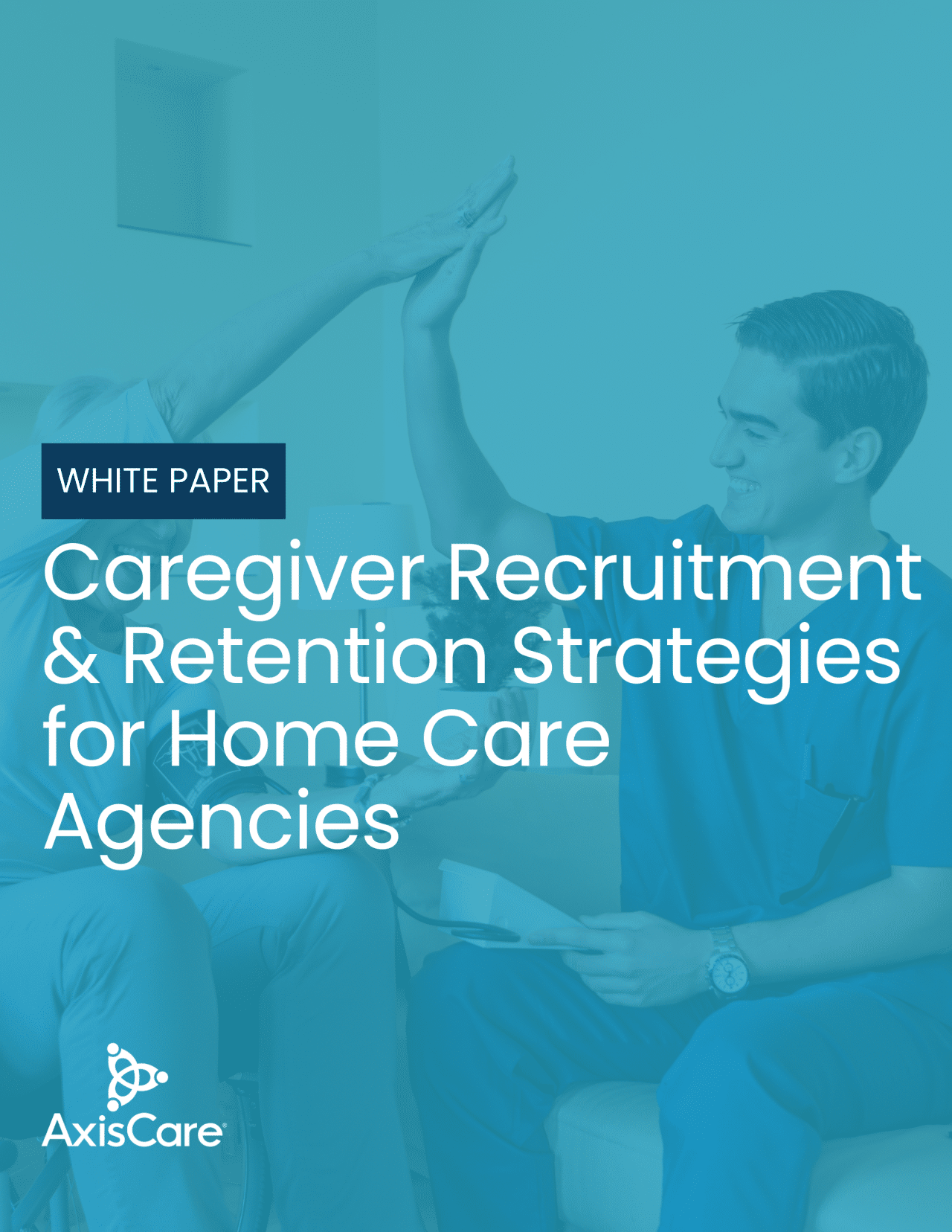Caregiver Recruitment & Retention Strategies for Your Home Care Agency
White Paper
In many corners of the job market, it’s slim pickings these days – but not for caregivers. According to the Bureau of Labor Statistics, demand for home health and personal care aides is projected to grow by 22% between 2022 and 2032, far outpacing the average across all occupations.
Demand booms like this one don’t happen by coincidence. The Population Reference Bureau reported that the number of Americans aged 65 and up is expected to jump by 47% between 2022 and 2050, from 58 million to a whopping 82 million. With 92% of older adults expressing a preference for aging in place – i.e. in their own homes – all of this translates to a major need for caregivers.
While demand continues to skyrocket, agencies are encountering an existential problem: it is exceedingly difficult to attract and retain qualified caregivers who will stay with them long-term.
Download to continue reading…






